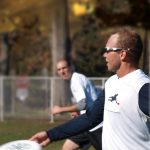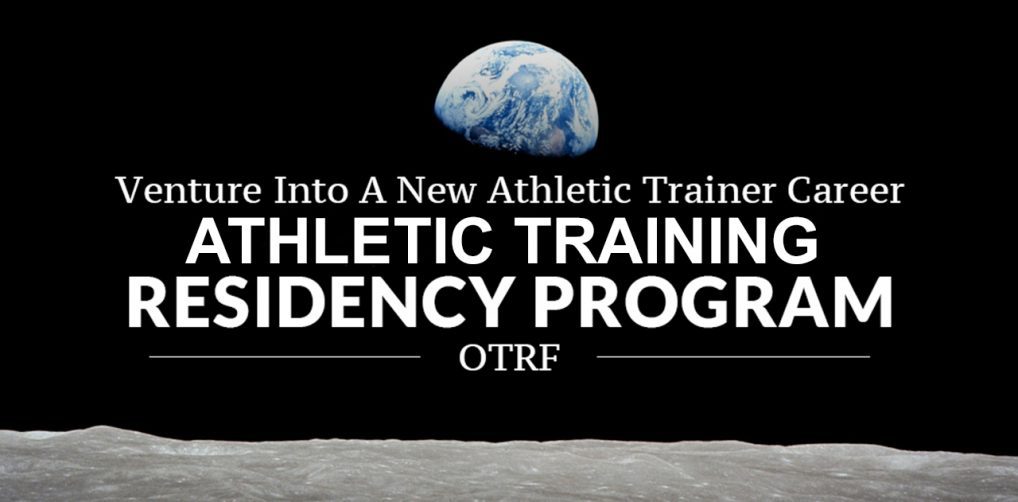What you need to know about Little League Shoulder
For many youngsters, Little League Baseball is paradise. It is a great opportunity to unwind, have fun and play the game they love. However, an increasing number of young athletes are experiencing a shoulder injury known as “Little League Shoulder”—an injury to the growth plate in the upper arm that can lead to stress fractures and severe pain.
Why too much of a good thing can be bad
According to Dr. Steven Chudik, an orthopaedic surgeon and sports medicine physician at Good Samaritan Hospital, Little League Shoulder is primarily caused from overuse. “I am seeing more and more young athletes in my practice with overuse injuries. I attribute this to the fact children are participating in sports at a younger age, playing year-round sports, playing/practicing too often at too high of an intensity level and not taking the proper rest/recovery time between activities,” said Dr. Chudik.
A recent study released by The American Orthopedic Society for Sports Medicine’s (AOSSM) supports Dr. Chudik’s clinic observations. For the study, researchers examined approximately 100 patients ranging in age from eight to 17 diagnosed with Little League Shoulder. Virtually all were baseball players and half were 12- to 13-years old—a good indicator of the stress being placed on young arms, according to the researchers. Based on their findings, the researchers identified symptoms and tips for spotting and preventing this injury.
- Repeated overhead throwing with improper mechanics. It is important children playing baseball, especially pitchers, learn the correct mechanics to help protect their shoulder and elbow from serious injuries.
- Lack of muscle strength and endurance. Primarily for pitchers, it is important their arm be in good muscular condition. If an athlete is expected to make a lot of throws, make sure their arm is strong enough to handle the repetition.
- Too much throwing. Today, overuse in players starts early and is found even in professional athletes. Ensure athletes get the proper rest between games and practices.
Additionally, study researchers noted four key risk factors. They are, in order of most prevalent to least:
- Reduced range of motion identified during a physical exam
- Elbow pain
- Shoulder pain or weakness
- Other mechanical symptoms
If an athlete exhibits symptoms or risk factors and plays sports, it is important to see a qualified physician as soon as possible for an accurate diagnosis and rehabilitation program. Treatment usually includes rest from throwing for three weeks to three months depending on the severity and length of time the condition is present, followed by rehabilitation and a gradual return to throwing (six weeks or longer). To prevent re-injury or permanent damage, the athlete’s throwing mechanics should be carefully evaluated and modified, and if necessary, change the player’s position on the field.
For over 15 years, Dr. Steven Chudik treats patients at his Shoulder, Knee and Sports Medicine clinic in Westmont and Western Springs, Illinois. To schedule an appointment, call 630-324-0402, or schedule online.









